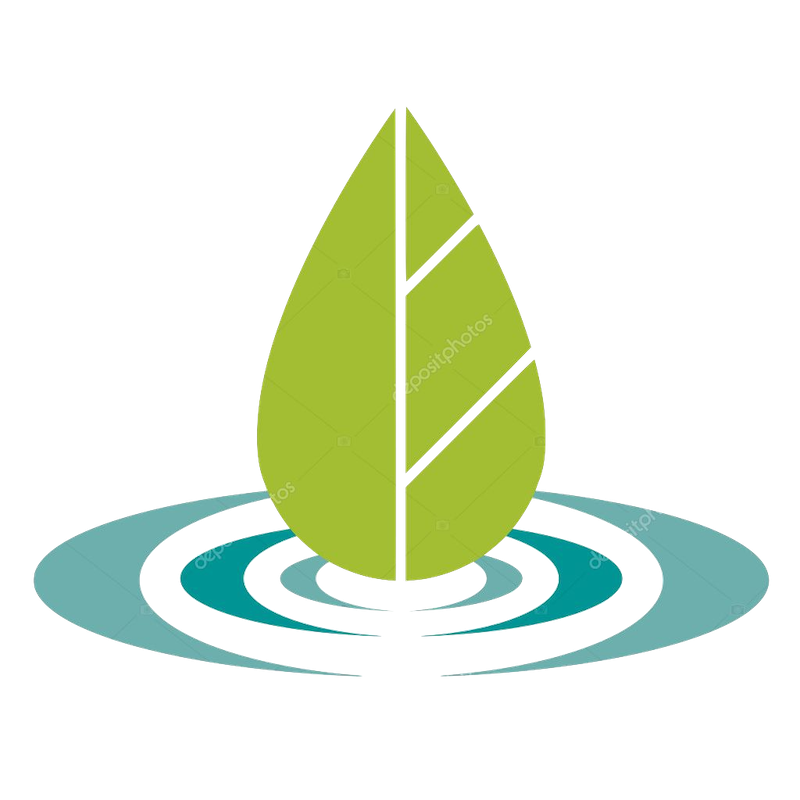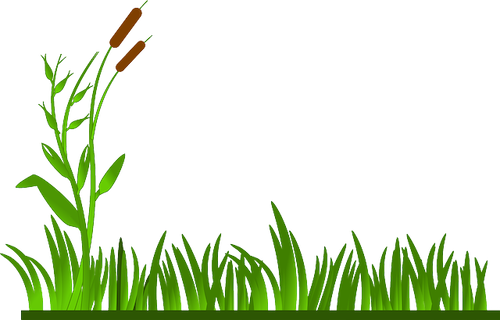A detailed description of the aging process, often referred to as eutrophication, and how to measure it, i
s available on the Government of Quebec’s website. La page Web est aussi disponible en français.
In a nutshell, eutrophication is the process of aging that naturally occurs in lakes. The process can be sped up by human intervention such as too many nutrients getting in the lake from septic systems or use of fertilizer nearby.
The earliest results of Total Phosphorus we have for Lac Gauvreau are from 2002. Between 2002-2005, the concentration of Total Phosphorus in the deepest part of the lake averaged 20 (µg/L). These test results were collected by the University of Ottawa. These results classify Lac Gauvreau as Mesoeutropic.
Since 2022, Lac Gauvreau has been part of the
Quebec Volunteer Lake-Monitoring Program or in French: “Réseau de surveillance volontaire des lacs” (RSVL). Between 2022-2024, the concentration of Total Phosphorus in the deepest part of the lake averaged 14 (µg/L), with annual results ranging between 11 - 17 (µg/L). These results classify Lac Gauvreau as Mesotrophic, a slight improvement from testing in the early 2000s.
Total Phosphorus in other parts of the lake has been measured and was higher than these averages. In particular, Parent Creek from Chemin Kennedy to the place where the water enters the lake has consistently been measured as eutrophic.
A concentration of Total Phosphorus that is about 35 (μg/L) denotes a lake that is eutrophic. A eutrophic lake has excessive aquatic vegetation, poorly oxygenated water, a muddy bottom and low biodiversity. The water in a eutrophic lake is warm and turbid (which is the opposite of clear or transparent).

























